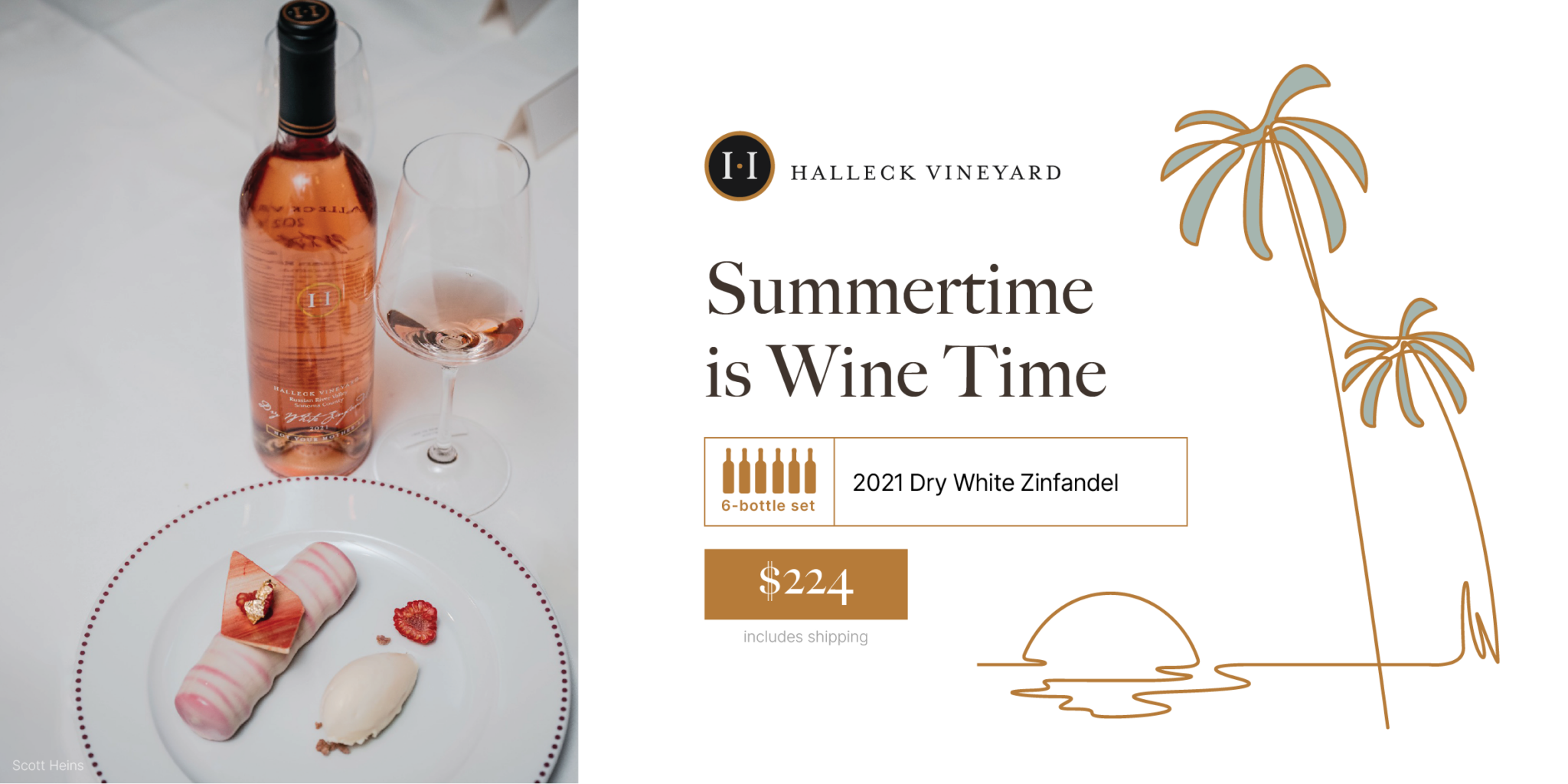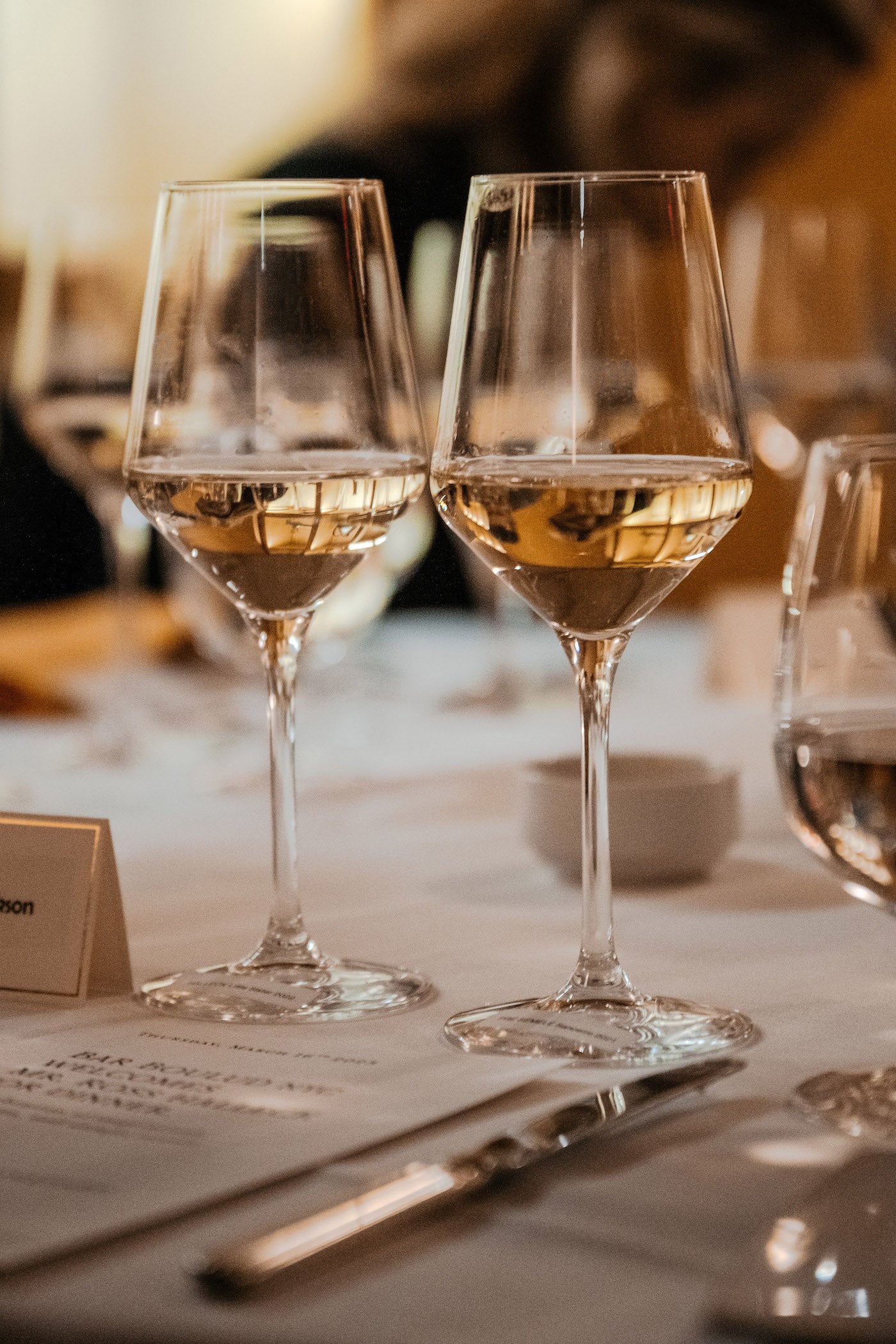Family Friendly Wineries With Outdoor Spaces - Sonoma Wine Country Wineries To Explore
Wine tasting is an art that combines sensory experience with an appreciation for the nuances of different varietals. How to gauge flavors in winery wine tasting periods is pivotal to grasping the complexities of wine.
Partaking in a wine tasting involves more than merely sipping and savoring. It requires a centered method to determine aromas and flavors that each wine presents. As you start, observe the wine's look, noting its shade and readability. These visible cues typically recommend a wine’s age, grape variety, and even potential flavor profiles.
The next step within the tasting process is to swirl the wine in your glass. This motion releases aromatic compounds which are very important for evaluation. Lean in and take a second to inhale deeply; the aromas can range from floral and fruity to spicy and earthy. The nostril of the wine is simply as essential as the palate, and recognizing scents performs a big position in understanding the overall experience.
When taking your first sip, enable the wine to maneuver across your palate - Wineries Offering Private Events. Discover the preliminary flavors that current themselves. Is the wine fruity, floral, or perhaps herbaceous? This preliminary style provides insight into what the wine is likely to express as you proceed to gauge it. The mouthfeel also contributes to the general flavor experience; it can be silky, tannic, and even effervescent.
Wineries With Breathtaking Gardens In Sonoma - Wineries Near Sebastopol For Tasting
As you proceed tasting, pay consideration to the wine’s steadiness. A well-balanced wine will harmonize acidity, sweetness, and tannins. If one part overwhelms the others, it would point out a less desirable high quality. Evaluating steadiness may help you identify how properly the wine might pair with food.
Transitioning to the finish, consider how the flavors evolve as the wine lingers in your palate. A lengthy, nice finish can indicate a high-quality wine, whereas a brief or abrupt end might recommend in any other case. Replicate on whether the flavors stay constant or if new notes emerge as the wine settles. This progression can reveal complexities and intricacies that might not have been obvious within the initial tasting.
Temperature can also be a vital consider evaluating wine flavors. Totally Different types of wine are optimally loved at particular temperatures. White wines often shine when chilled, whereas purple wines generally carry out greatest at room temperature. When tasting, make sure the wine is on the applicable temperature to fully recognize its character.
Best Chardonnays From Sonoma Winemakers - Sebastopol Wine Tours And Vineyards
Pairing food with wine can tremendously improve the tasting experience. Foods can influence the notion of flavors in wine, both highlighting sure characteristics or diminishing them. When evaluating flavors, consider how the wine interacts with different meals, noticing which flavors are amplified or muted (Popular Wineries With Outdoor Seating In Sonoma).
Contemplate the influence of terroir as you engage in a winery tasting. Terroir encompasses the distinctive environmental components that have an result on grape rising, including soil composition, climate, and geography. Understanding a wine's terroir can present perception into its flavors and aromas, fostering a deeper appreciation for the choices made throughout its cultivation and production.
Education performs a fundamental position in enhancing one's ability to gauge wine flavors. Studying about grape varieties, wine regions, and manufacturing strategies can pave the means in which for more informed judgments throughout tastings. Additionally, attending workshops or classes can refine sensory skills and increase your flavor vocabulary, enabling you to articulate tasting notes extra effectively.
Lastly, it is important to do not forget that evaluating wine flavors is a highly personal experience. Individual preferences and perceptions will invariably shape one’s tasting journey. Enjoyment should be at the forefront, with the evaluation process performing as a software to boost understanding and appreciation somewhat than create inflexible pointers.
Cultural Wine Experiences In Sonoma County - Sonoma Wineries With Vineyard Views
In conclusion, mastering the means to evaluate flavors in winery wine tasting sessions includes a mixture check here of sensory engagement, data, and practice. By studying to establish aromas, assess the balance, and appreciate the intricacies of flavor, wine enthusiasts can deepen their connection to each bottle they encounter. As with any art type, the more one immerses themselves within the experience, the extra they may uncover and benefit from the huge world of wine.
- Start by observing the wine's color and clarity, as these visual elements can hint at its flavor profile and aging potential.
- Swirl the wine gently in your glass; this releases aromatic compounds, allowing you to raised determine the complicated scents associated with the wine.
- Take a deep inhale before tasting, focusing on both primary and secondary aromas to gather insights on fruits, spices, and other nuances.
- When tasting, allow the wine to coat your palate; note the initial flavors, the mid-palate complexity, and the finish as these stages can provide totally different flavor highlights.
- Pay attention to texture and mouthfeel, as aspects such as tannin levels, acidity, and sweetness contribute considerably to the general tasting experience.
- Evaluate flavors in opposition to commonplace wine traits; for purple wines, consider berry notes, oak affect, and natural tones, whereas whites might embrace citrus, stone fruits, and floral hints.
- Take notes through the tasting session to track your impressions, helping you to recollect and consider the totally different wines sampled.
- Talk About your findings with fellow tasters or winery employees, as sharing insights can enhance understanding and appreciation of particular person flavors.
- Enable time for the wine to breathe; typically, flavors evolve and reveal new dimensions after being exposed to air.
- Experiment with food pairings during the tasting as they can dramatically alter how flavors are perceived, influencing total enjoyment.undefinedWhat ought to I look for when evaluating the aroma of wine during a tasting?
Begin by swirling the wine in your glass to release its aromas. Bring the glass to your nostril and take a deep breath. Pay consideration to the primary scents you detect, as these are often the most distinguished. Look for fruit, floral, herbal, or earthy notes and try to establish specific characteristics, which is able to deepen your understanding of the wine's complexity.
Wineries Promoting Sustainable Farming - Finding Good Wineries For Wine Tasting

How can I distinguish between totally different flavor profiles in wine?
Understand that flavor profiles are sometimes categorized as fruit, floral, herbaceous, spicy, or mineral. Take small sips and allow the wine to coat your palate. Discover the primary flavors that emerge first and the refined notes that comply with. This layering is important in distinguishing the wine's traits and will allow you to respect its unique profile.
Wineries With A Focus On Syrah - Exploring The Vineyards In Sonoma County
What is the significance of the wine's texture in a tasting?

The texture of the wine, also called mouthfeel, performs an important function in how we perceive flavors. Pay consideration to whether the wine feels clean, creamy, or gritty. The body of the wine (light, medium, or full) can enhance or distinction with flavors, providing a more rounded experience throughout tasting.
How do I assess the stability of flavors in wine?
Steadiness in wine refers to the harmony between acidity, sweetness, Go Here tannin, and alcohol. Take a second to assess whether these parts complement or intervene with one another. A well-balanced wine may have none of its parts overpowering the others, creating a pleasant tasting experience.
Wineries Renowned For Cabernet Sauvignon In Sonoma - Vineyard Tours In Sebastopol
What position does temperature play in evaluating wine flavors?
Temperature can significantly influence the perception of flavors. Usually, red wines are greatest served barely under room temperature, whereas white wines take pleasure in being chilled. As the temperature adjustments, the aromas and flavors can shift, allowing you to understand different traits. It’s essential to style wine at its optimum temperature for true evaluation.
Wineries That Offer Dog Friendly Areas - Sonoma’s Lush Vineyard Landscapes
How can I enhance my tasting skills over time?
Practice is vital to bettering your tasting skills. Intimate Wine Tasting Experiences In Sonoma. Attend tastings, maintain a journal of your experiences, and discover various varieties of wines to broaden your palate. Additionally, studying about wine manufacturing and grape varieties can provide context that enhances your evaluation course of, making you a more knowledgeable taster.
Is there a specific order by which I ought to taste the wines?
Wineries With Outdoor Seating - Sebastopol's Best Wine Trails
Yes, it’s advisable to style wines from light to full-bodied and dry to candy. This progression prevents the stronger flavors from overshadowing the more delicate ones, permitting you to totally appreciate each wine's traits and nuances with out palate fatigue.
How can I evaluate the aftertaste of wine?
Breathtaking Views From Sonoma Wineries - Wineries With Outdoor Tastings In Sebastopol
The aftertaste, or finish, is an important aspect of the wine-tasting experience. After swallowing, pay attention to how long the flavors linger on your palate and whether or not they change. A lengthy, nice end is usually an indicator of a high-quality wine, while a short or unpleasant end could recommend in any other case.
Why is it essential to note the wine’s acidity during tasting?
Acidity contributes to the general freshness and construction of the wine. Pay consideration to the tingling sensation on your tongue; higher acidity can enhance the wine's liveliness and steadiness out sweetness. Noting acidity helps decide the wine's versatility with food and its growing older potential.
What should I do if I struggle to establish particular flavors in wine?
Wineries With Unique Tasting Experiences - Wine Tasting Experiences In Sebastopol
Struggling to determine flavors is widespread, particularly for newbies. Focus on broader classes and describe what you probably can acknowledge, similar to sweet or earthy notes. With practice, reading about totally different flavor profiles, and perhaps using flavor wheels, you'll refine your senses and develop a more nuanced method to tasting.